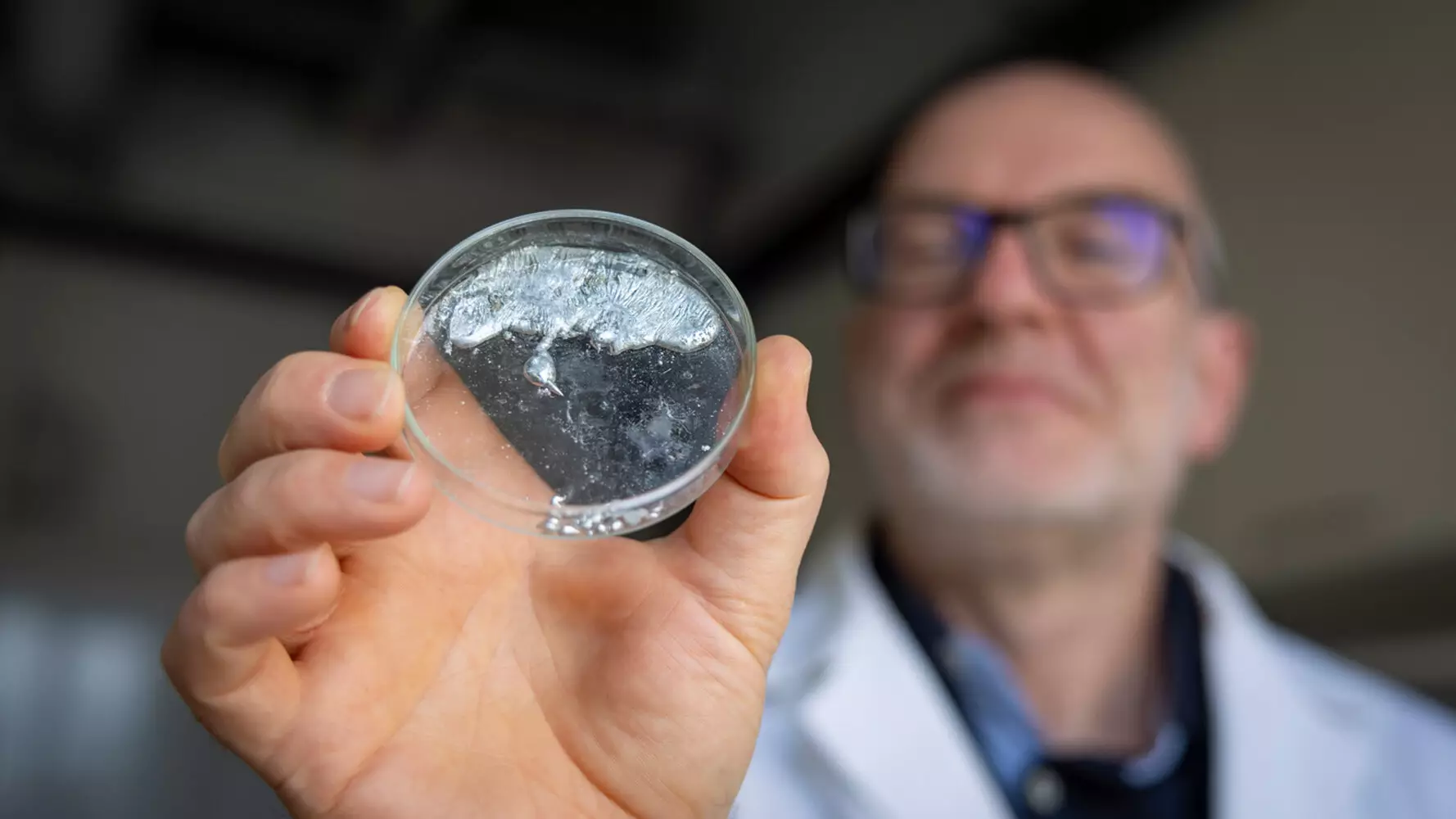Catalysts are often unsung heroes in numerous industrial processes, essential for the synthesis of various materials that define our daily lives. Whether in catalytic converters found in automobiles, which purify harmful exhaust gases, or in the production of fertilizers crucial for agriculture, catalysts facilitate chemical reactions that otherwise would require exorbitant amounts of energy or lead to undesired byproducts. They provide a pathway for reactions to occur under milder conditions, hence conserving energy and reducing the environmental footprint of chemical processes.
However, the reliance on classical catalytic systems presents its own set of challenges. The majority of these systems utilize precious metals such as iridium, rhodium, and palladium. These metals are not only scarce and costly but also pose environmental concerns related to their mining and disposal. Consequently, there is an urgent need for the scientific community to innovate and seek alternatives that minimize ecological impact while maintaining operational efficiency.
In light of these challenges, researchers like Professor Dr. Robert Kretschmer at Chemnitz University of Technology advocate for the exploration of main group metals such as aluminum and gallium. These metals hold promise due to their abundance, affordability, and non-toxic nature. Their unique properties position them as suitable candidates for creating environmentally friendly catalytic processes. Nevertheless, the transition from traditional catalysts to these new options is fraught with complexities, particularly due to the inherent differences in chemical behavior and bonding characteristics.
In a groundbreaking study, Kretschmer and his team have achieved a pioneering milestone by successfully demonstrating a reaction involving a gallium compound that mirrors processes typically only associated with costlier precious metals. They have synthesized a rare compound where a gallium atom is tenuously linked to a solitary carbon atom. This novel finding signifies a leap forward in the quest for sustainable catalytic technologies.
Moreover, the reactivity of this newly discovered compound is strikingly intriguing. Unlike traditional gallium compounds that often aim to create multiple bonds during reactions, this unique compound can effectively “jump” across two carbon atoms while retaining a single bond. This remarkable behavior is a testament to the untapped potential that main group metals possess in industrial applications.
The implications of this discovery extend far beyond academic curiosity. The insertion reactions unveiled by Kretschmer’s work hold substantial relevance for a variety of industrial sectors, suggesting new pathways for the development of cost-effective and ecologically viable catalysts. As researchers worldwide rally to exploit these promising findings, the transition toward more sustainable manufacturing processes appears increasingly attainable.
The exploration of metal catalysts represents a critical area of inquiry in the field of chemistry, with the potential to reshape how industries operate and impact the environment. By prioritizing sustainability and innovation, the scientific community can harness the power of readily available materials, paving the way for a greener future in chemical manufacturing.


Leave a Reply